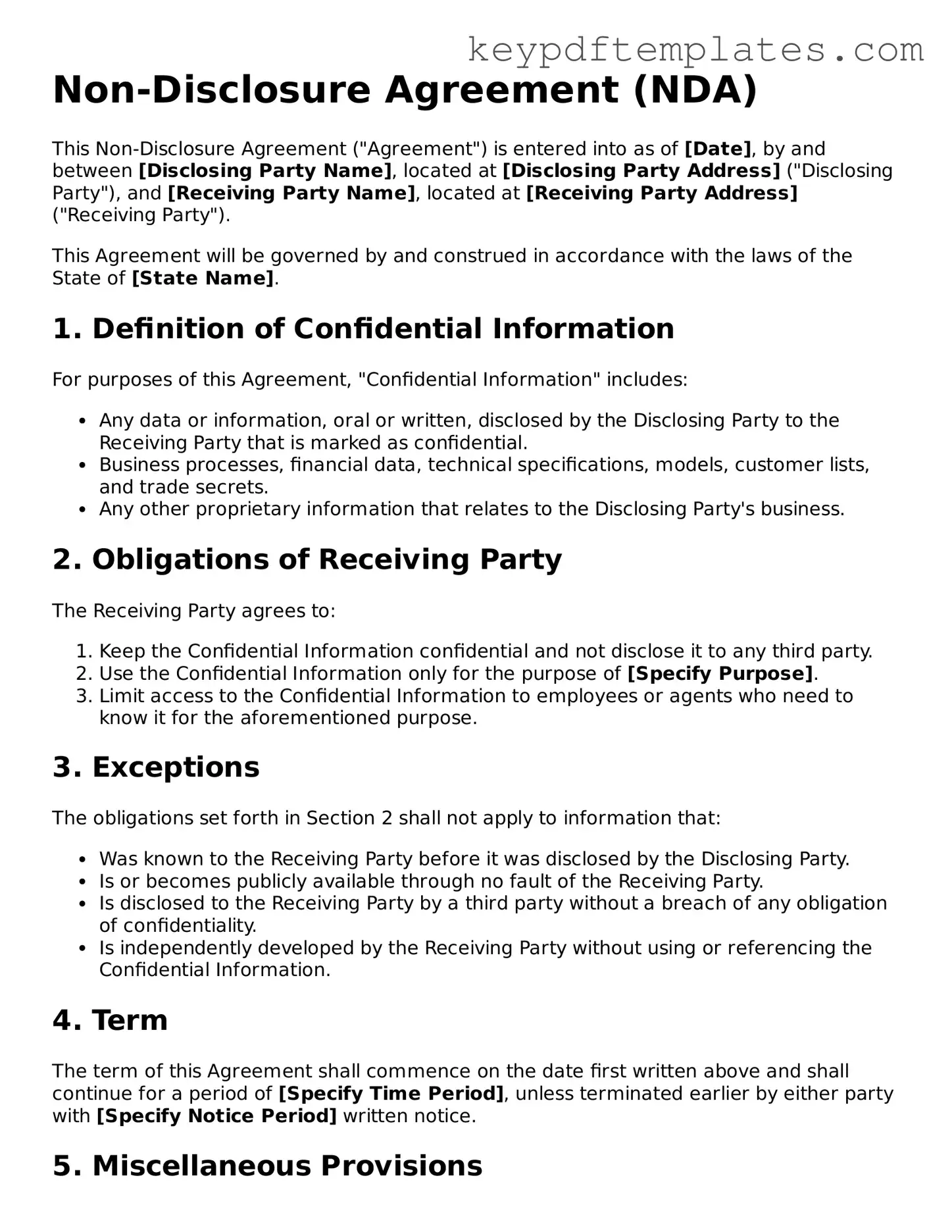Printable Non-disclosure Agreement Template
A Non-disclosure Agreement (NDA) is a legal contract that protects confidential information shared between parties. This form establishes a framework for maintaining privacy and preventing unauthorized disclosure of sensitive data. Understanding the nuances of NDAs is crucial for individuals and businesses alike to safeguard their interests.
Modify Document Online
